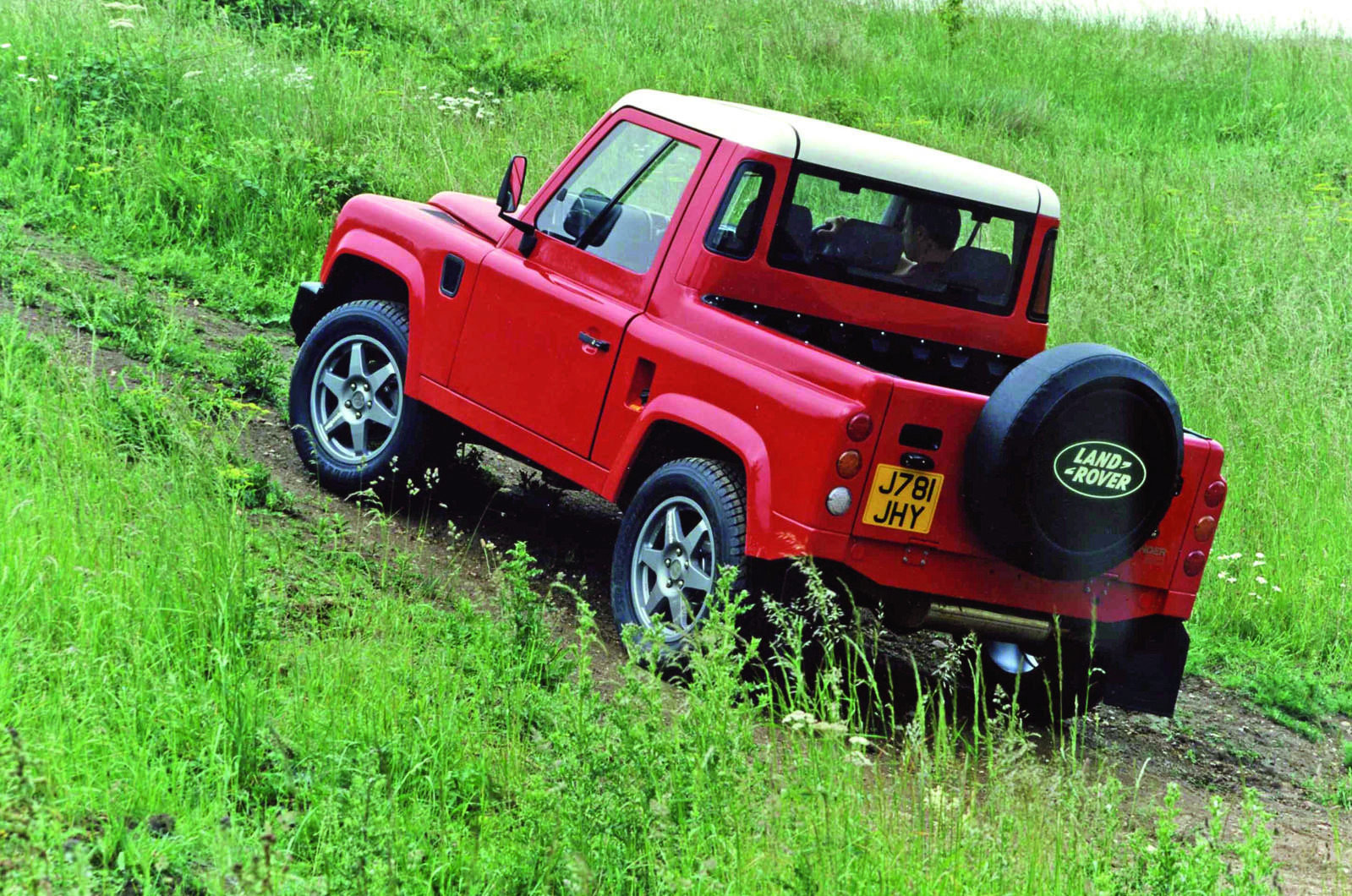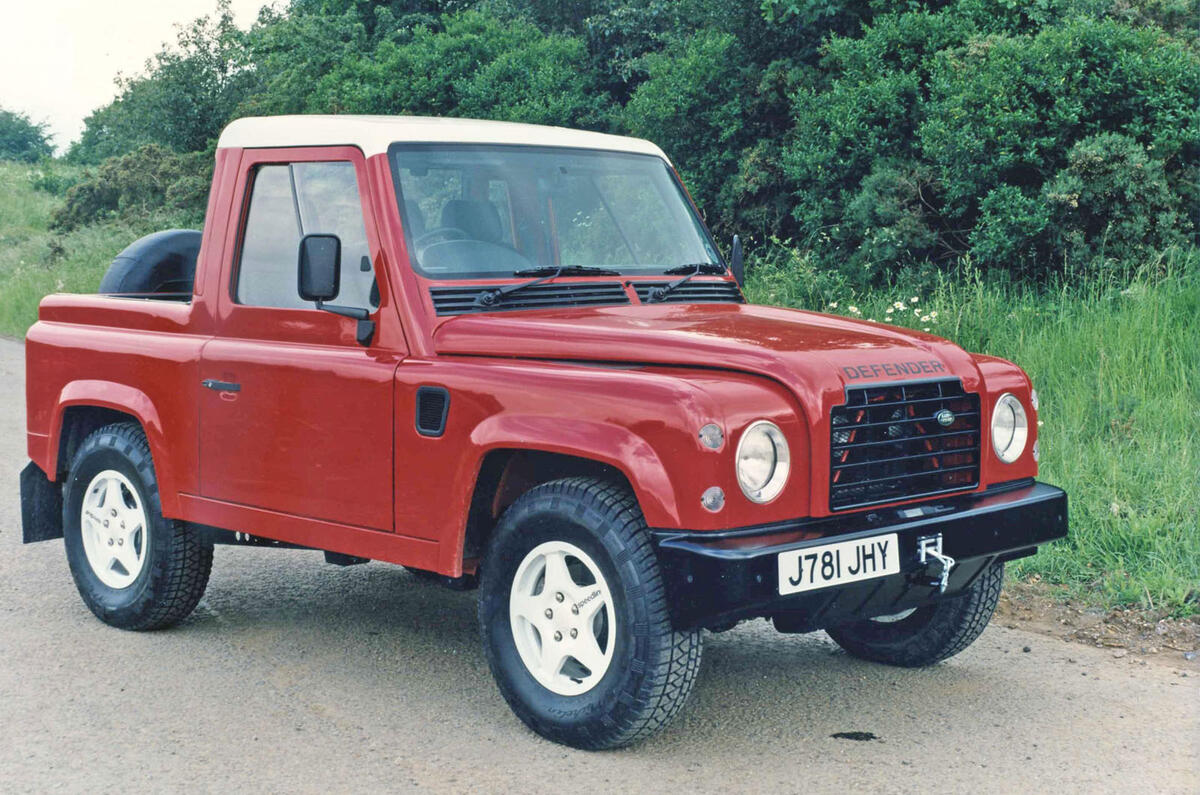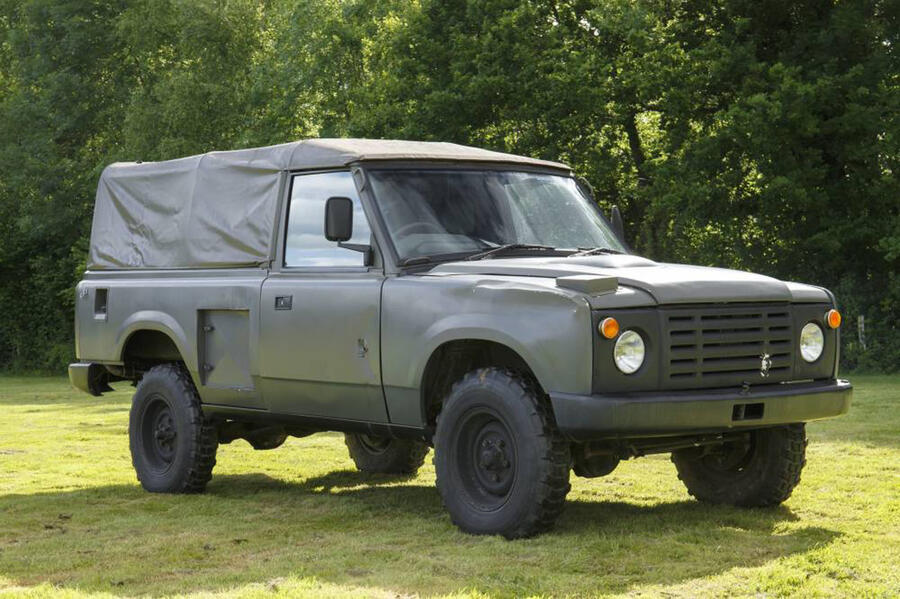Victory_Overland
Explorer
Page 125, still comparing live axle to IFS in rock crawling situations. LR has never built a rock crawler so that discussion is over. However, if we must compare "off-road performance" and not rock crawling, then by far, IFS technology is pecking away, if not better already in every fashion on live axle.
Nobody can deny, that the most pivotal "Off-Road" racing event (I did not say rock crawling, I said Off-Road) is King of the Hammers. A few years ago, the Ultra 4 Class was created and is known to have changed the game of KoH and produced the fastest KoH times every recorded and times decreasing each year giving credit to increases in off-road, trophy style suspension technology. All Ultra4 vehicles are IFS front, live axle rears until this year when GenRight revealed the full 4 x IFS Ultra4 Truck; the first 4 wheel independent suspension KoH truck. GenRight qualified 9th in it's first year and was running top of the pack overall until it lost the rear differential seal and smoked the rear diff putting them out of the race; diff seal could happen to any axle and considering most racers don't finish I would call this an anomaly for a one of one vehicle!
They also finished Top 10 in Ridgecrest and various other races of the year.
Every state of the art "OFF-Road" vehicle is now IFS in the military, and off-road racing and endurance class. KoH suspension designers say IFS technology is here to stay and durability factors are becoming a thing of the past due to metallurgy, suspension design, and drivers who know how to effectively employ the vehicle to run the fastest routes while mitigating unnecessary vehicle abuse. IFS manages the course better because the suspension is tuned to all factors where live axle which normally thrives in the rocks, parishes in almost every other factor of the race course due to its limited tune-ability.
Sounds to me like a driver and technology win over brute force.
Jeep is a Jeep, Defender is a Defender..........neither are neither.
Nobody can deny, that the most pivotal "Off-Road" racing event (I did not say rock crawling, I said Off-Road) is King of the Hammers. A few years ago, the Ultra 4 Class was created and is known to have changed the game of KoH and produced the fastest KoH times every recorded and times decreasing each year giving credit to increases in off-road, trophy style suspension technology. All Ultra4 vehicles are IFS front, live axle rears until this year when GenRight revealed the full 4 x IFS Ultra4 Truck; the first 4 wheel independent suspension KoH truck. GenRight qualified 9th in it's first year and was running top of the pack overall until it lost the rear differential seal and smoked the rear diff putting them out of the race; diff seal could happen to any axle and considering most racers don't finish I would call this an anomaly for a one of one vehicle!
They also finished Top 10 in Ridgecrest and various other races of the year.
Every state of the art "OFF-Road" vehicle is now IFS in the military, and off-road racing and endurance class. KoH suspension designers say IFS technology is here to stay and durability factors are becoming a thing of the past due to metallurgy, suspension design, and drivers who know how to effectively employ the vehicle to run the fastest routes while mitigating unnecessary vehicle abuse. IFS manages the course better because the suspension is tuned to all factors where live axle which normally thrives in the rocks, parishes in almost every other factor of the race course due to its limited tune-ability.
Sounds to me like a driver and technology win over brute force.
Jeep is a Jeep, Defender is a Defender..........neither are neither.



